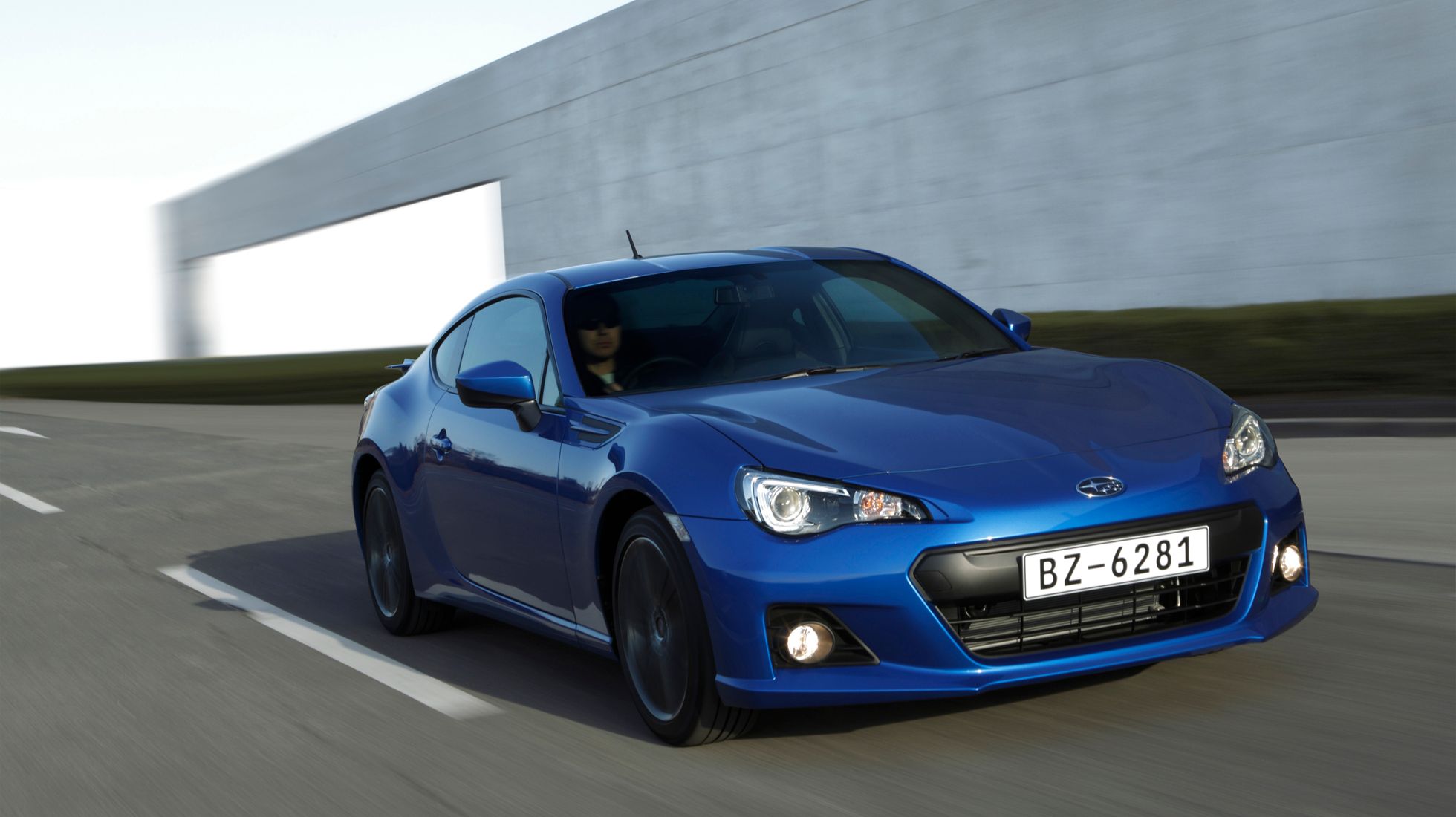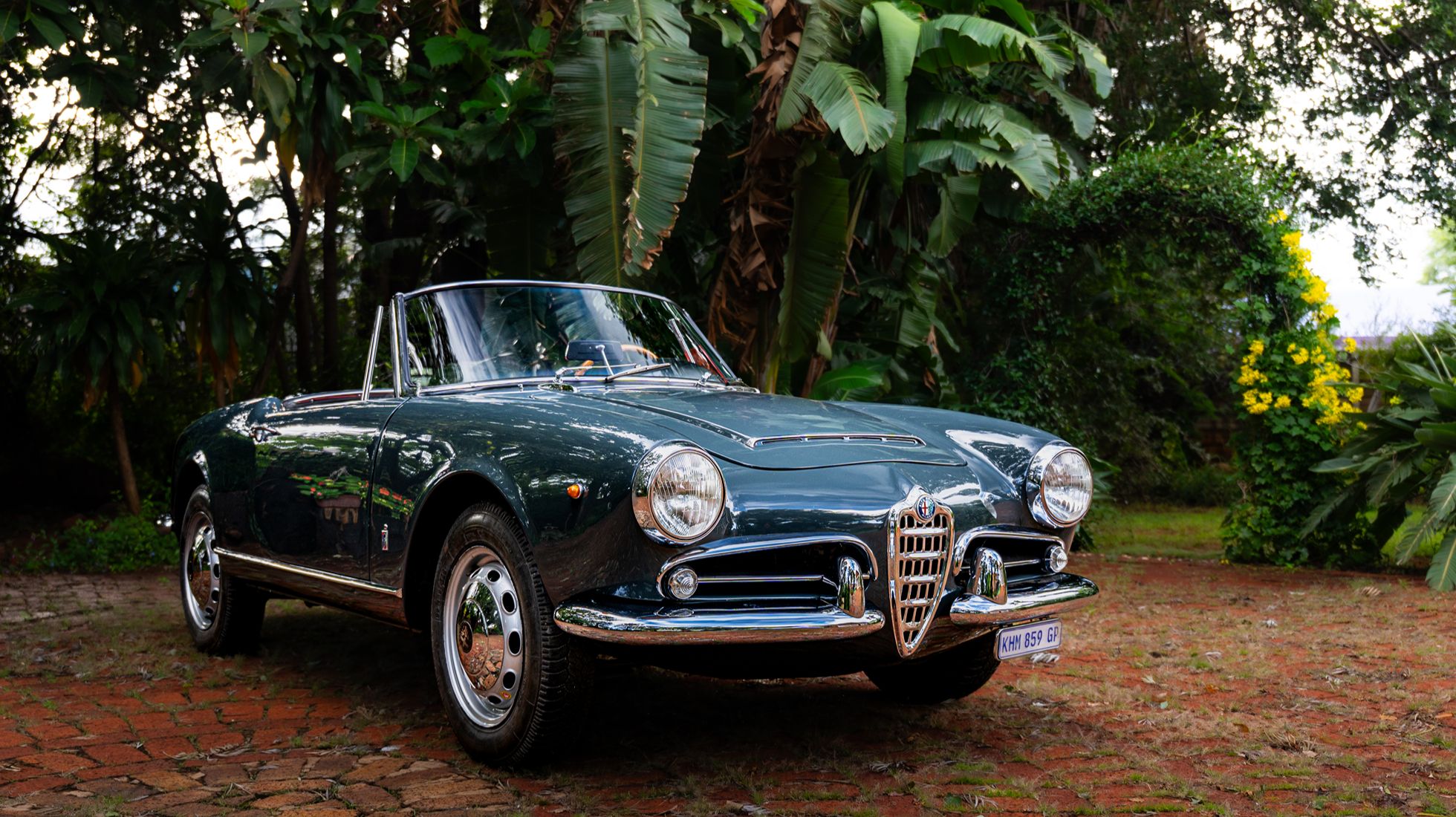Ladder on frame chassis SUVs remain invogue in SA as they offer all the benefits of a fully-fledged SUV and the rugged, go-anywhere and robust underpinnings of double cab bakkies. It is a tried and true recipe that has yielded even more players coming into the fold. The Nissan Sani may have been one of the pioneers of the genre, but arguably Toyota with its Fortuner took the concept to the next level when it launched the original back in 2006.
Shortly thereafter, Nissan’s Pathfinder, which was based on the Navara, made inroads and possibly looked the most integrated of the lot, thanks to exemplary aesthetics. Of course, Ford’s Everest continues to soldier on with the latest model now standing in the wings, while the now defunct Chevrolet Trailblazer later became the Isuzu mu-X, which is loosely based on the D-MAX bakkie. It's an ever evolving segment with the main caveat being that they’re all seven seats and use their bakkie counterparts suspension and running gear for most part.
Featured here is the stalwart and sales leader of the pack, the Toyota Fortuner in 2.8 GD-6 4X4 VX flagship derivative, which was late last year given a significant update that included more power (150kW and 500Nm) and higher specification, not to mention refinement due to the tweaked suspension. To see whether the Fortuner has done enough to remain in pole position, we have brought the latest entrant to the fold in the form of the recently launched Isuzu mu-X 3.0TD Onyx 4X4, which is based on the latest D-MAX. Off the bat, it is safe to say that the Isuzu wins the beauty contest as it takes a more chiselled design theme.
Cabin appointments are on a par for most part, although the Fortuner’s list of standard equipment is a slight cut above, particularly when you factor the thumping JBL sound system, which was put to good use by the team. Also, the Fortuner’s infotainment system, although still not the best in the game, was the better of the two. Where the mu-X claws back is in the overall clever use of available space. The second row in particular is miles ahead of the Fortuner with headroom being particularly better in the mu-X than the Fortuner, the latter further marred by the thick c-pillar, which hinders visibility and gives a feeling of claustrophobia.
There is also the matter of the rear most seats not folding flat and flush to the boot floor in the Fortuner, instead folding vertically against the boot’s sides. This is great for maximising luggage space, but the said seats create a horrid blind spot. To be honest, we think that Toyota should consider flat folding seats instead in order to create a more airy cabin feel.
Both vehicles are powered by tried and trusted turbo diesel engines, both paired with a six-speed automatic transmission. These are also allied to a 4X4 system that can be engaged on the fly. As far as engines are concerned, the Fortuner wins this battle hands-down in both power and, more importantly, overall refinement. The mu-X’s engine feels the more archaic and agricultural of the two, which is a great pity as the rest of the package is actually quite impressive.
We took the vehicles on a mild off-road course and both performed exceptionally well, not breaking a sweat whatsoever. What did become apparent, though, was that the Fortuner’s suspension felt more supple while driving on gravel and negotiating obstacles. However, the mu-X managed to feel more superior on-road, exhibiting very little in the way of suspension shimmy that usually plagues ladder frame chassis setups.
As these are likely to be used for towing, both have excellent towing capabilities with the Fortuner rated at 3 300kg and the mu-X weighing-in at 3 500kg - these are braked trailer ratings.
When all is said and done, the Fortuner feels the more refined in terms of overall performance, while the mu-X, meanwhile, being the better packaged and more handsome of the two, as subjective as design can be. As you will see below, there’s very little between the two in terms of pricing and I reckon that this battle will go down to the wire. For an older model, the Fortuner can definitely hold its own and it comes as little surprise as to why it continues to be the market leader, warts and all.
Toyota Fortuner 4x4 VX
Engine
Power
Transmission
0-100km/h
Top speed
Fuel economy
Emissions
2.8, 4-cyl, turbo diesel
150kW/500Nm
6-speed Automatic
11.3 secs
180km/h
9.5l/100km
209g/km
For
Many would agree that the Toyota Fortuner is starting to age, perhaps gracefully, yet it clearly lost any of its appeal. As a contributing facet to the Toyota Fortuner’s popularity, it wields a punchy, yet refined 2.8-litre power plant and transmission that has gotten even finer and more responsive, thanks to the recent nip and tuck. By big standards, the Fortuner VX 4x4 is off-road competent and remains impressive in that regard also, it is a solid and rugged product.
On the other side of things, the Fortuner also comes fitted with impressive technology for enhanced comfort while safety remains impressive thanks to the host of standard safety elements that it is braced with. Where it really counts, the Fortuner has outstanding long term reliability and that should come in handy in the long run.
Against
As impressive as it is for the most part, it does come short in terms of ride quality as the suspension sends vibrations and shudders into the cabin while body roll is also more apparent here compared to its Isuzu rival, which requires a well-judged cornering approach. It features a few cost-cutting measures inside such as plastics on several touchpoints. Also, if a sunroof is still a thing, we would have liked one for that added trendy feel.
To what has become synonymous with the Fortuner nameplate, the stacking of the third row of seats by flipping them to the sides doesn’t seem to work anymore. The seats hinder visibility through the rear windows as well as take up more room since they are not designed to be taken out completely. Flexibility is also an issue with the Fortuner as we think sliding the second row will appeal to many buyers more than having to struggle to find levers to pull.
Isuzu mu-X Onyx 4x4
Engine
Power
Transmission
0-100km/h
Top speed
Fuel economy
Emissions
3.0 4-cyl, turbo diesel
140kW/450Nm
6-speed Automatic
N/A
N/A
9.1l/100km
200g/km
For
Isuzu has recently armed itself with its new mu-X, which faces stiff rivals in the respective fraternity of bakkie based SUVs. As a new name in the fold, it means business courtesy of improved space, enhanced on-road manners as well as excellent build quality plus a toned-down engine clutter compared to the outgoing model. The new mu-X’s reliability leaves no unanswered questions as that is carried over from the bakkie’s division. As a true off-roader, the mu-X can also combat towing and city driving with absolute ease.
Also on the plus side, it has one of the most simple to understand interiors in the segment while exterior design cues will ensure it ages well in the long run. Its road manners remain unmatched as it delivers impressive cornering prowess in a very mature manner. When it comes to technology and safety, the mu-X comes fitted with applicable tech for comfort as well great levels of safety features in the case of the range-topping Onyx subject at hand.
Against
At R860,500, the Isuzu mu-X in Onyx guise doesn’t come cheap and it still lacks some luxury niceties, which many buyers may find unjust. While road manners remain positive, the ride is slightly on the firmer side compared to the Fortuner - something that owners may get tired of in their ownership journey.
The mu-X is also prone to running out of oomph at the top end of the rev range which is also the case with most diesel products of this size, which begs the question, is the 140 kW and 450 Nm enough to carry this behemoth or should Isuzu look at engine upgrade? We lean towards the latter. On the road, there’s a bit of wind noise coming into the cabin at cruising speed, which can be quite unsettling.
Words: Lerato Matebese & Ntsako Mthethwa










.JPG)



.jpg)









%20(1).jpg)






.jpg)









%20(1).jpg)
.jpg)
.jpg)




.jpg)






.jpg)

.jpg)
.jpg)
.jpg)
.jpg)
.jpg)
.jpg)

.jpg)
.JPG)

.jpg)
.jpg)
.jpg)
.jpg)


.jpg)
.jpg)

.jpg)
.jpg)

.jpg)

.JPG)

.JPG)
.JPG)
.jpg)












%20(1).jpeg)



.jpg)





%20(1).jpg)






.jpg)
.jpg)

.jpg)
.jpg)
.jpg)
.jpg)
.jpg)
.jpg)
.jpg)
.jpg)
.jpg)
.jpg)


.jpg)
.jpg)

.jpg)
.jpg)
.jpg)
.jpg)
.jpg)




